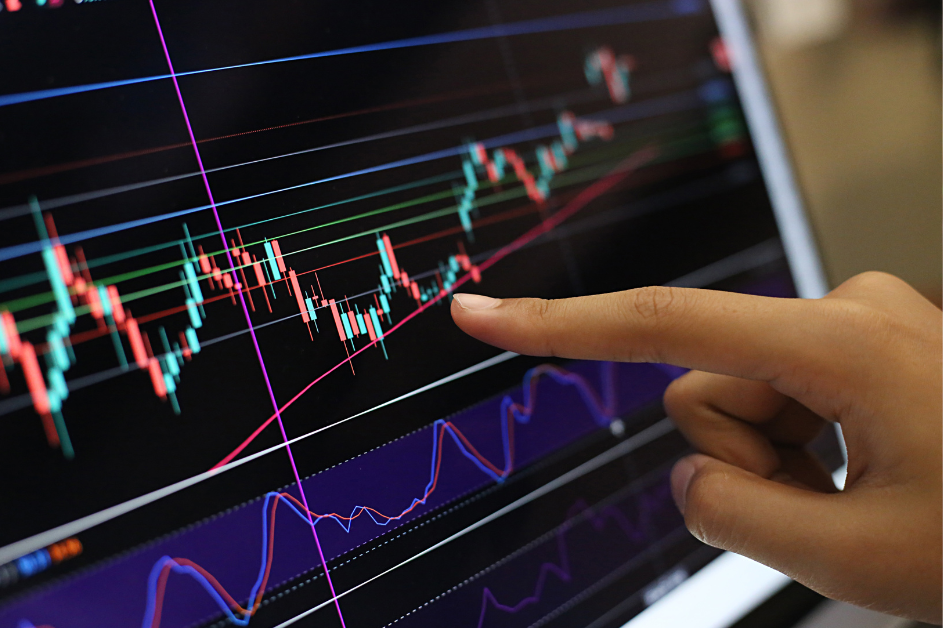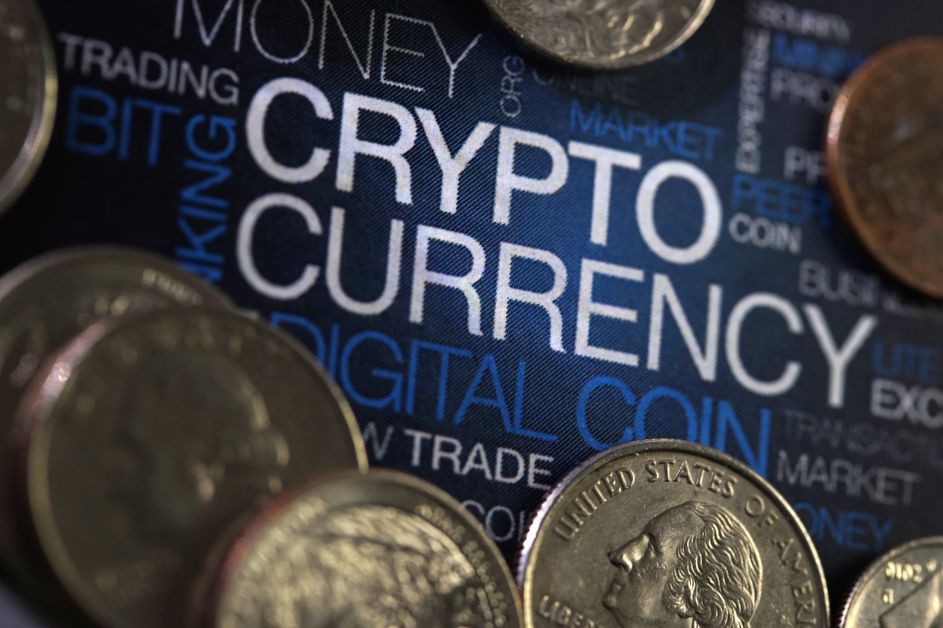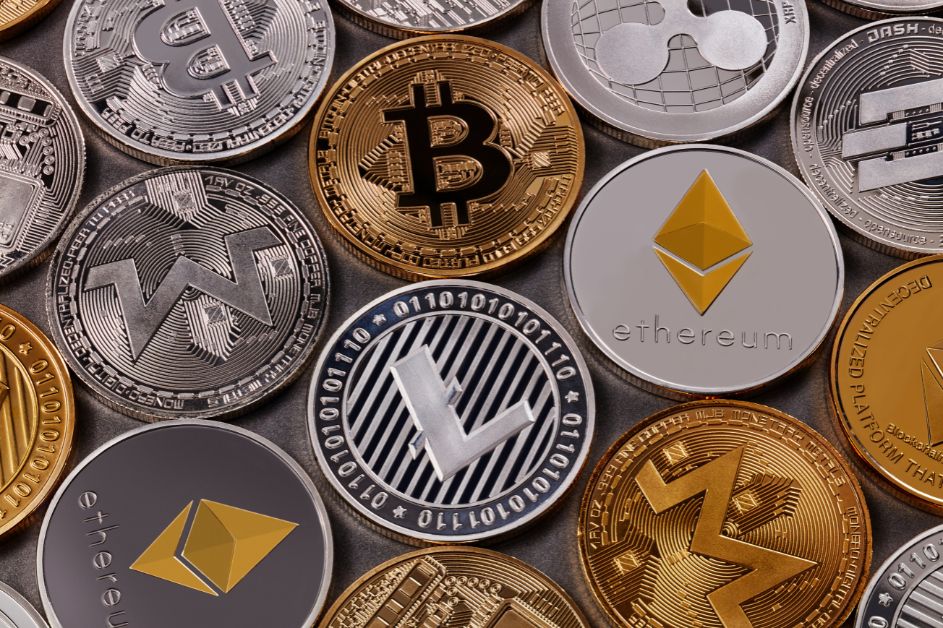
U.S. stocks ended last week higher, extending their biggest weekly percentage gains of the year as worries of an economic downturn eased and investors focused on the Jackson Hole Economic Symposium next week. The S&P 500 and the Nasdaq notched their seventh straight session of gains







